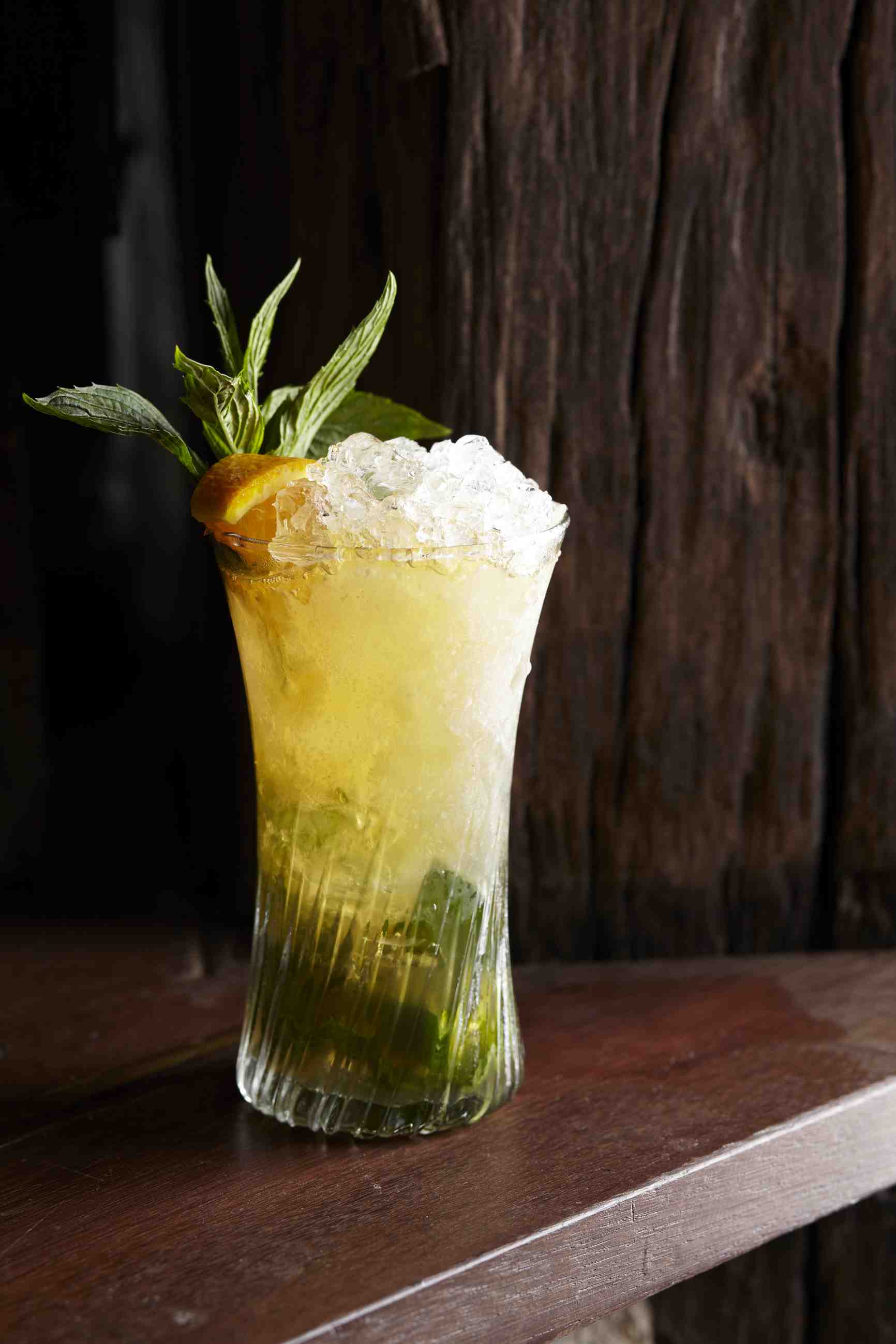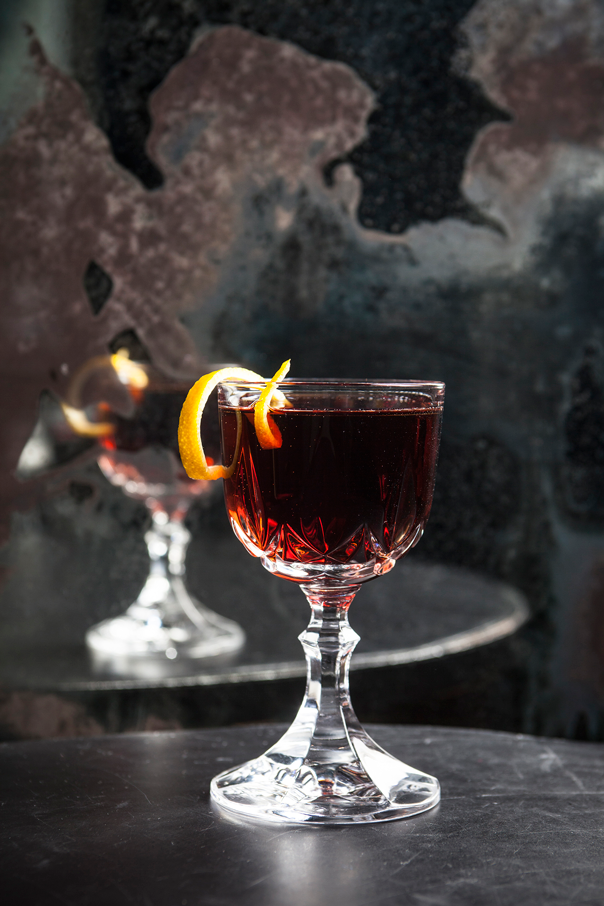What makes a liqueur a liqueur? Sweetness, of course. It’s alcohol and sugar, and, importantly, some kind of flavour.
(Pure alcohol and sugar just ain’t a thing).
There’s two broad ways of thinking about liqueurs, too. First, you have a range of different cremes and liqueurs which focus on a single fruit, nut or herb. These are he ones you’ll associate with brands like Massanez, De Kuyper, Joseph Cartron and more. These crème de [insert your favourite flavour here] focus on one dominant flavour.
And thanks to the European Union’s desire to have everything written down and categorised, we’ve got some healthy guidelines as to what exactly constitutes a liqueur of the crème de variety.
Liqueurs in the EU are required to have a minimum of 100g of sugar per litre. Incidentally, that’s roughly the same amount of sugar per litre as Coca Cola.
To be labelled as a crème, however, they must have a minimum sugar content of 250g/L. That figure changes again for crème de cassis, which must contain 400g of sugar per litre.
Don’t get these confused with cream liqueurs, though. They’re fine and all, they just have nothing to do with those of a crème persuasion. Instead, they’re just dairy and sugar combos.
Here’s how liqueurs are made
There’s a number of ways liqueurs are made, chief among them being maceration. But they can also be made through distillation — here we count
the ways.
Maceration:
This is a common way for liqueurs to be made, and the way in which many French crèmes are made. It’s relatively simple: take spirit, add fruit or other botanicals and hey, you’re ready to add any extra sugar as required.
Distillation:
Common with liqueurs like triple sec, this involves the distillation of the botanicals used. For triple sec, this might be orange peels that are macerated in the spirit before being distilled thrice. Distillation requires additional sugar to be added afterwards, because, you know, there ain’t no sugar left after a distillation party.
Maturation:
Some liqueurs, like Grand Marnier, will see periods of maturation in wood — in Grand Marnier’s case, it is for a period of one month in oak vats, which rounds out the finished product and adds complexity.
Sacre Bleu! Here’s some French for you
Given that the crèmes are often referred to in the books by their French names, here’s a handy cheat sheet as to what they translate to in English.
- Cassis — Blackcurrant
- Mure — Blackberry
- Menthe — Mint
- Framboise — Raspberry
- Fraise des Bois — Wild Strawberry
- Griotte — Cherry
- Peche — Peach
- Ananas — Pineapple
- Banane — Banana
- Pamplemousse — Grapefruit
- Chataigne — Chestnut
Grand Marnier Smash
60ml Grand Marnier
1 barspoon Fernet Branca
Hand full of mint
30ml Fresh lemon juice
With a bar spoon, gently muddle mint in bottom of a highball glass. Fill up the glass with crushed ice and add lemon juice, Fernet Branca and Grand Marnier. Stir to mix and finish with crushed ice. Add garnish with a mint spring and orange wedge.
Adapted from a recipe by Jean Munos c. 2012
Chambery Cassis
90ml dry vermouth
15ml Joseph Cartron crème de cassis
30ml soda
serve in a wine glass.
This drink changes things around a little bit. It’s like a Kir or a Kir Royale in that it calls for crème de cassis. But what changes with this version is that the cassis plays the supporting role whilst the wine is switched to dry vermouth.
Serve it very cold, on a warm afternoon. If nothing else, it’s a good way to get through those bottles of vermouth before they lose their freshness.

De Kuyper Blue Curacao
In 1695 they began distilling genever, and now are the world’s biggest producer of cocktail liqueurs. De Kuyper Blue Curacao is made from curacao oranges, using their aromatic oils.
Bacardi-Martini
Joseph Cartron Double Creme de Cassis
To be labelled as a double creme de cassis, as is the case here, the liqueur must use double the fruit in its production. This is intense, concentrated cassis fruit power and an award-winning liqueur.
Think Spirits
Grand Marnier
Created in 1880 by Louis-Alexandre Marnier Lapostolle, Grand Marnier is a blend of fine cognacs and distilled essence of tropical oranges. Time in French oak casks adds roundness and complexity.
Think Spirits
Cherry Heering
This is a ruby-red liqueur made by soaking lightly crushed Danish cherries and a blend of spices in neutral grain spirits, then cask-maturing the mixture for up to five years, adding sugar during the aging process.
Vanguard Luxury Brands
Solerno
Solerno is made from blood oranges in Sicily, Italy combined with Italian lemons. Bright blood orange and lemon characters on the nose, a tart palate, and a generous mouthfeel courtesy of its 40% ABV.
William Grant & Sons
Frangelico
One of the most recognisable proprietary liqueurs out there. Frangelico is a hazlenut — or, to use the French, noisette— liqueur that is blended with select herbs and spices.
Campari Australia




